DROPS Karisma
A superwash treated wool classic
from:
2.05$
per 1.8 oz
Content: 100% Wool
Yarn Group:
B (20 - 22 stitches)
/ 8 ply / DK / worsted
Weight/yardage: 1.8 oz (50 g) = approx 109 yds (100 m)
Recommended needle size: US 6 / 4 mm
Gauge: 4" x 4" / 10 x 10 cm = 21 sts x 28 rows
Care: Machine wash on gentle cycle warm 40°C / 104F. Don’t use fabric softener. Dry Flat
Superwash: yes
Made in: EU
Raw material origin: Wool from South America
This yarn has an Oeko-Tex® certification (certificate number 25.3.0110), Standard 100, Class I from the INNOVATEXT TEXTILE ENGINEERING AND TESTING, HUNGARY. This means that is has been tested for harmful substances and is considered safe in human-ecological terms. Class I is the highest level, and it means the yarn is suitable for baby articles (ages 0-3).
DROPS Karisma is a 4 strands sport yarn which has great shape stability and is superwash treated, which means that it is machine washable and perfect for daily use.
Soft and comfortable to the skin, DROPS Karisma is one of the most popular qualities in our classic wool range since its first introduction in Scandinavia during the 80s, and is supported by an extensive array of patterns.
Read more about our products' sustainability here
Please be aware that the colours shown may vary from screen to screen in the same way that shades may vary slightly from dye lot to dye lot.
How do I care for this yarn?

Machine wash on gentle cycle warm 40°C / 104F. Don’t use fabric softener. Dry Flat
First of all, consider just airing the garment, instead of washing it. If you still desire to wash it, here are some guidelines:
- Machine wash superwash treated wool - separately - using a wool/gentle cycle program at 40ºC with a light centrifugation (about 800rpm), and wool detergent without enzymes or optical brighteners.
- Don’t use fabric softener with superwash treated yarn.
- NEVER leave the garment to soak/wet in the washing machine for a long period of time.
- To dry the garment, shape it and lay it flat - do not hang - ideally on a warm bathroom floor or on top of a drying rack in a room with good air circulation. Never dry the garment in direct sunlight.
- Don’t tumble dry.
- Never iron the garment directly. Use always a damp cloth between your steaming iron or regular iron and the garment.
Note: If you are washing a project made with this yarn combined with another, the general guideline is to follow the washing instructions for the most delicate of the yarns you are working with.
Do you have a question about this yarn?
See a list of frequently asked questions (FAQ) about our yarns.
1) What type of fibers make the DROPS yarns?
Yarn can be made from a large number of natural and synthetic fibers. DROPS carries mainly yarns made from wool, cotton, alpaca, linen, mohair and silk. Each fiber type has its own qualities, and they are often mixed to take advantage of the best properties of each one. Coarse yarn has the advantage of being stronger and more durable, and finer fibers offers more softness and comfort. Here a bit about the main fibers we carry:
Alpaca:
Alpaca fleece is the natural fiber harvested from an alpaca, and it is similar in structure to sheep wool fiber. Its softness comes from the small diameter of the fiber, similar to merino wool. It is a soft, durable, luxurious and silky natural fiber. Yarn made from alpaca fibers does not felt or pill easily, and it can be light or heavy in weight, depending on how it is spun. While similar to sheep’s wool, it is warmer, not prickly, and has no lanolin, which makes it hypoallergenic. Alpacas come in 22 natural colors, with more than 300 shades from a true-blue black through browns-black, browns, white, silver and rose-greys.
Mohair:
This fiber comes from the Angora goats, and its considered a luxury fiber. Mohair yarn is warm as wool, but much lighter in weight; it is durable, dyes well and does not felt easily. Mohair fibers have also a distinctive luster created by the way they reflect light. Despite being a hard fiber, mohair is usually spun into a very fluffy yarn, resulting in airy and lustrous garments.
Wool:
The wool fibers comes from the skin of sheep and are relatively coarse fibers. Two striking characteristics of wool are its susceptibility to heat and its felting property, which is caused by the scales on the surface. Depending upon the breed of sheep, the appearance of the wool varies.
Wool from Merino sheep is considered the finest type of wool, having as characteristics that is finely crimped and soft. All the Merino wool in the DROPS yarns has its origins in South America, coming from sheep that have not been subject to Mulesing.
Pure new wool is wool made directly from animal fleece, and not recycled from existing wool garments.
Machine washable wool is wool treated chemically to minimize the outer fuzzy layer of the fibers, and be therefore fitable for machine wash (see Superwash).
Silk:
The silk fiber is a fine continuous fiber produced from the cocoon of a moth caterpillar known as the silkworm. While silkworm is cultivated, the wild or tussah silk is obtained from uncultivated silkworm cocoons. Silk fiber is one of the strongest natural fibers and makes a wonderful knitting yarn. It blends really well with other fibers, especially wool. Silk also dyes beautifully with natural dyes.
Vegetable fibers:
There are several varieties of vegetable fibers, found in the cell walls of plants or vegetables. Of all the varieties, two are recognized as major knitted or textile fibers. They are cotton and linen.
Cotton is the fiber surrounding the seeds in a cotton pod, and it is almost pure cellulose. Cotton is usually white in color but there are green and brown varieties as well. The cotton fiber is most often spun into yarn or thread and used to make a soft, breathable textile that is good for summer clothing and accessories, making a weaker yarn than silk or linen but stronger than wool.
Mercerized cotton is cotton that has been through a mercerization treatment. This treatment gives cotton fabrics and threads a lustrous yarn that is more lustrous than conventional cotton. It is also stronger, takes dye a little more readily, makes the yarn more resistant to mildew and reduces lint. It also may not shrink or lose its shape as much as "regular" cotton.
Linen is a fiber derived from the stalk of the flax plant that is durable and stronger than any other fiber. The linen fiber is relatively soft, straight and lustrous and becomes more beautiful with age. Linen is more comfortable to wear in hot temperatures than cotton, due to the fact that it absorbs moisture better and dries more quickly.
Other materials used in our yarns include synthetic fibers such as acrylic, viscose, polyamide (nylon) and polyester.
3) What type of information can I find on the DROPS yarn labels?
All DROPS yarn labels include information about fiber content (wool, cotton, etc.), weight in grams and ounces, length in meters and yards, washing instructions and symbols (explained here), color number, dye lot number and yarn group information.
4) What are the DROPS yarn groups?
All DROPS yarns are classified into 6 different thickness groups (A to F). Yarns in a same group have similar knitting tension/gauge, and can therefore be interchanged in patterns; however the length may be different, so when substituting always calculate the amount of meters/yards needed for the pattern to know the amount of yarn you need to get.
5) Can I use a different yarn than the one mentioned in the pattern?
Yes, as long as the yarn can be worked in the same knitting tension/gauge. Always swatch to make sure you get the same number of stitches in width and rows in height as given in the pattern.
Remember that different yarns with different textures, will give the garment different looks. The yardage/length may also be different, so when substituting always calculate the number of yards needed, in order to know the amount of yarn you need.
Read more about how to calculate the amount of an alternative yarn - and how to replace 1 thread of a yarn with 2 or more of another, here.
6) What does it mean when a yarn is “Superwash”?
A superwash wool is a special wool product that has been treated or processed in a way that allows it to be machine washable. Many people are afraid to work with wool because it is so easy to shrink (though some shrink wool on purpose) and superwash wool can allow them to work with great fibers without worry. (Read more here).
7) What does “Oeko-Tex® certified” means?
The Oeko-Tex® Standard 100 was introduced at the beginning of the 1990s as a response to the needs of the general public for textiles which posed no risk to health. The Oeko-Tex® Standard 100 is a globally uniform testing and certification system for textile raw materials, intermediate and end products at all stages of production. The test for harmful substances comprise substances which are prohibited or regulated by law, chemicals which are known to be harmful to health, and parameters which are included as a precautionary measure to safeguard health.
For more info go to www.oeko-tex.com
10) How accurate are the colours on the shade cards online?
When obtaining images for the shade card, we do our best to achieve the highest level of color accuracy. Unfortunately, we cannot guarantee how images will appear on your computer screen. Every monitor displays color differently, some colors might look darker than they really are, and some colors might be more saturated on some screens. If you experience that many of the yarn colors looks different on your screen than the actual color of the skeins, you can adjust the setting on your monitor.
11) What is a micron? What does super fine / extra fine mean?
The fineness of yarn fibers is measured in microns (thousands of millimeters). Super fine alpaca wool is 26-28 microns. Fine merino wool is less than 21.5 microns and extra fine merino is under 19.5 microns. The less microns the softer and more delicate a quality can be, the more microns the more hard wear the quality will be.
12) Why are the colors in my skeins of print yarn different?
The reason why two skeins of a same print yarn look different can be 1) that both skeins are part of different dye lots; 2) that the skeins have been dyed using a technique called "magic print" (the one used for example in DROPS Delight), which provides unique patterns and smooth color transitions to each skein, meaning also that within one dye lot, lighter or darker varieties might appear. This is no fault or defect, but part of the yarn's character.
13) My store doesn’t have the color I want, what can I do?
If your DROPS store doesn’t have the yarn color you want, try contacting a DROPS Super Store (the ones with the golden badges) - they will make sure to get a hold of the color even if they don’t have it in stock themselves. See a list of all DROPS stores here.
14) Where can I find a specific dye lot of a color?
Always try contacting your DROPS store first. If they do not have the dye lot you want we recommend you to ask other knitters and crocheters in the DROPS Workshop in Facebook or Ravelry, which may have the dye lot in their stash and might be willing to part from it.
Yarn sheds because there's not enough twist to hold all of the fibers together. All yarns have excess fibers (from production) that might come off as lint or shedding, in varied degrees that depend on how the yarn is spun. Brushed yarns ("hairier" yarns) like DROPS Melody, have more of these loose fibers than other yarns, and therefore shed more. Shedding also depends on what is worn under or over the garment, and whether this pulls at the yarn fibers. It’s therefore not possible to guarantee that there will be no shedding.
Below are some tips on how to get the best result when working with hairier yarns:
- When the garment is finished (before you wash it) shake it vigorously so the looser hairs come off. NOTE: do NOT use a lint roller, brush or any method that pulls at the yarn.
- Place the garment in a plastic bag and put it in your freezer - the temperature will cause the fibers to become less attached to each other, and excess fibers will come off easier. Leave in the freezer for a few hours before taking it out and shaking it again.
- Wash the garment according to the instructions on the yarn label. Garments worked with hairier yarns usually need to be shaken once dry after washing, so that the hairs rise and any excess fibers can come off.
Pilling is a natural process that happens to even the most exclusive of fibers. It's a natural sign of wear and tear that is hard to avoid, and that is most visible in high friction areas of your garment like a sweater's arms and cuffs.
You can make your garment look as new by removing the pilling, using a fabric comb or a pill/lint remover.
How can I replace this yarn?
If you are looking to replace this yarn with another DROPS yarn, you can use another yarn within the same yarn group, or try our yarn converter!
Other yarns in Yarn Group B
Read more about replacing yarn.Have a problem with the DROPS yarn you purchased?
When you purchase yarn from the shade cards or patterns on our site, you are not buying directly from DROPS but from one of the hundreds of DROPS stores around the world. It is therefore important that you take contact with the DROPS store where you bought the yarn, and that you save the labels of all the skeins you purchased (they are your warranty).
The DROPS store you contact will assist you and escalate the claim if necessary. Find a list of DROPS stores here.
Comments / Questions (397)
![]() DROPS Nederland wrote:
DROPS Nederland wrote:
Beste dames. Probeer voor de zekerheid altijd eerst een proeflapje te maken en wassen in de machine. Dan weten jullie hoe het garen reageert in jullie wasmachine. Ik doe dit altijd zelf en heb nooit problemen gehad.
13.05.2013 - 08:36
![]() Marijke wrote:
Marijke wrote:
Ik heb net hetzelfde probleem als Ineke. Trui gebreid met juiste stekenverhouden, gewassen op het juiste programma, plat laten drogen en toch veel groter geworden. Jammer!
13.05.2013 - 07:13
![]() Ineke wrote:
Ineke wrote:
Reactie op opmerking van Drops van 6-5-13 Ik heb een proeflapje gebreid dat precies overeenkwam met steken en aantal naalden. Ik heb het voorgeschreven wasprogramma gebruikt en de trui liggend gedroogd. Ik zie dus werkelijk niet in wat ik fout zou hebben gedaan.
12.05.2013 - 19:09
![]() Nicole wrote:
Nicole wrote:
Combien me faut t il de pelotes pour faire un pull taille 42 en karisma. merci
08.05.2013 - 14:10Drops Design F answered:
Bonjour Nicole, cliquez sur le lien "Trouver des modèles pour DROPS Karisma" pour avoir une idée des modèles proposés en fonction du style, du motif et des tailles (comparez les mesures du schéma à celles d'un pull que vous avez et dont vous aimez la forme. Bon tricot !
08.05.2013 kl. 14:20
![]() Ineke wrote:
Ineke wrote:
Ik heb een trui gebreid met Karisma. Ik heb de wasinstructies precies opgevolgd maar toch is de trui heel wat langer geworden. Jammer.
05.05.2013 - 10:23DROPS Design NL answered:
Beste Ineke. Dat is jammer om te horen. Er zijn een paar mogelijkheden waarom dit is gebeurd: stekenverhouding: het werk is (te) los gebreid, en het is belangrijk dat je na het wassen het werk niet ophangt. Omdat het is een natuurproduct en wasprogrammas kunnen verschillen per machine, dan kan ik altijd aanraden om eerst een proeflapje te breien en wassen in de machine, dan weet je precies hoe het werk reageert in jouw machine.
06.05.2013 kl. 10:14
![]() Ariane 63 wrote:
Ariane 63 wrote:
Bonjour. Je voudrais tricoter un pull manches longues en 12 ans. Or, je ne trouve que des modèles femmes. Combien de pelotes dois-je commander ? Merci de votre réponse.
03.05.2013 - 08:35Drops Design answered:
Bonjour Ariane, dans la liste des modèles en Karisma, les modèles enfants se trouvent à partir de la page 17 "Modèles SmåDROPS". Bonne recherche, bon tricot !
03.05.2013 kl. 08:41Francine Brien wrote:
Je voudrais savoir en argent canadien, je demeure au Québec, combien sera le prix de ma facture si je commande 14 balles de Karisma environ. Merci à l'avance.
18.03.2013 - 13:08Drops Design answered:
Bonjour Madame Brien, pour connaître les tarifs au canada, cliquez sur le menu détaillants/Amérique du Nord/Canada ci-dessus, vous aurez les coordonnées des détaillants pour le Canada. Bon tricot !
18.03.2013 kl. 13:42
![]() Carl wrote:
Carl wrote:
What are the yarn weights (0, 1,2,3,4,5,or 6) for no. 18 (red) and no. 01 (off white)?
12.03.2013 - 04:25
![]() Cisca wrote:
Cisca wrote:
Zou net als Betty uit de UK graag de micron count en van welk schaap de wol komt willen weten.
06.03.2013 - 23:07
![]() Katrine wrote:
Katrine wrote:
Går det ann å tove Karisma garnet? Det er jo superwash, så hvor varmt må det da toves på?
27.02.2013 - 23:58Drops Design answered:
Hei Katrine, Superwash kvaliteter er ikke egnet til toving. Du kan bruke feks Lima, Alaska eller Eskimo. Lykke til
28.02.2013 kl. 00:12
![]() Rosy wrote:
Rosy wrote:
Très jolie laine, très agréable et facile à tricoter, mais le pull que j'ai tricoté il y a deux ans et que j'ai peu porté est déjà très bouloché. C'est dommage.
21.01.2013 - 15:53
![]() Hanna wrote:
Hanna wrote:
Das Garn ist wunderschön zu verstricken. Muster kommen sehr gut zur Geltung. Aber Achtung: Nach dem ersten Waschen ist das Strickstück um einiges länger als vorher. Maschenprobe unbedingt waschen!
19.01.2013 - 13:34
![]() Sophie wrote:
Sophie wrote:
Un peu déçue car la laine n'esst pas douce du tout et le coloris 44 gris clair est en réalité plus beige que gris... Je l'avais choisie pour faire une tunique pour ma fille de 4 ans et je ne sais pas si elle va la mettre car ça la pique vraiment... C'est la 1ère fois que je suis déçue pas une de vos laines, que j'aime bcp d'haitude.
11.01.2013 - 14:19Drops Design answered:
Bonjour Sophie, Chacun a une sensibilité différente et nous sommes désolés que notre Karisma ne vous convienne pas. Avez-vous pensé à essayer nos qualités merino : Baby Merino, Merino Extra Fine et Big Merino ? Bon tricot !
15.01.2013 kl. 17:40
![]() Bente Juul Jensen wrote:
Bente Juul Jensen wrote:
ærgeligt...næsten færdig med trøjen,og så er der ikke garn nok. Der er bestilt efter opskriften. Håber jeg kan få fat i et ekstra nøgle!!!!!
05.01.2013 - 17:41Betty wrote:
.d like to read in the information which scheep was responsible for the wool - and what the micron count is, so to establish the animal friendly-ness and the itch factor for future use. wool quality isn't proven with a eko label alone, please add extra information for responsible buyers?
04.01.2013 - 22:54
![]() Annie Persello wrote:
Annie Persello wrote:
Cette laine est bien douce et agréable à tricoter. Les points reliefs et torsades sont bien mis en valeur. Cependant, à l'usage, elle bouloche. Dommage.
10.12.2012 - 17:02
![]() Shona wrote:
Shona wrote:
This is the most beautiful yarn to knit with - it literally glides across the needles and gives a very consistent texture.Very soft and not itchy!! I will definately buy Drops again
19.11.2012 - 10:09FATEMEH wrote:
سلام ممنون به خاطر سایتی که راه اندازی کردین خیلی به درد بخوره
01.11.2012 - 18:01
![]() Mia Bomholt Andersen wrote:
Mia Bomholt Andersen wrote:
Der er en fejl på farvekortet. I opskrifter, hvor der benyttes marineblå Karisma har farven nr. 37. På farvekortet svarer nr. 37 til mørk petrol!!!
22.08.2012 - 20:50Céline wrote:
Bonjour je veux faire des bas pour homme combien de maille doije monter avec cette laine merci
06.08.2012 - 14:39DROPS Design answered:
Bonjour Céline, cliquez sur le lien "Modèles en DROPS Karisma" ci-dessus pour avoir un aperçu des modèles de chaussettes homme dans cette qualité. Bon tricot !
06.08.2012 kl. 14:43
![]() DROPS Design wrote:
DROPS Design wrote:
Det finnes ikke noe Karisma 62. Tenkte du på 26 (den er utsolgt).
02.05.2012 - 09:59
![]() Anneliselavik wrote:
Anneliselavik wrote:
Har karisma farge nr 62 blitt borte? evt hvilken er erstattet? takk
27.04.2012 - 11:51
![]() Hege wrote:
Hege wrote:
Er rødrosa nr 26 utgått?
19.04.2012 - 18:56DROPS Design answered:
Ja, denne fargen har dessverre utgått.
20.04.2012 kl. 11:19
![]() Christine wrote:
Christine wrote:
Er farge nr. 26 rødrosa utgått? I så fall, hvilken farge er mest lik denne, av de som finnes i sortimentet nå?
22.02.2012 - 13:54






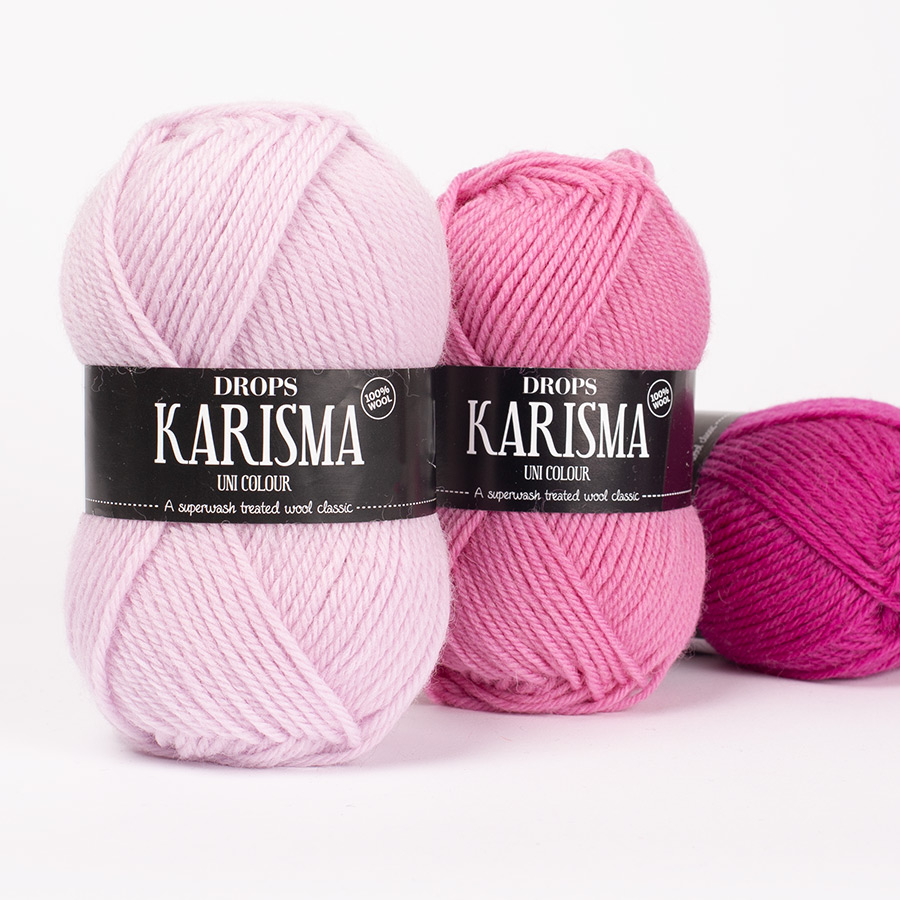
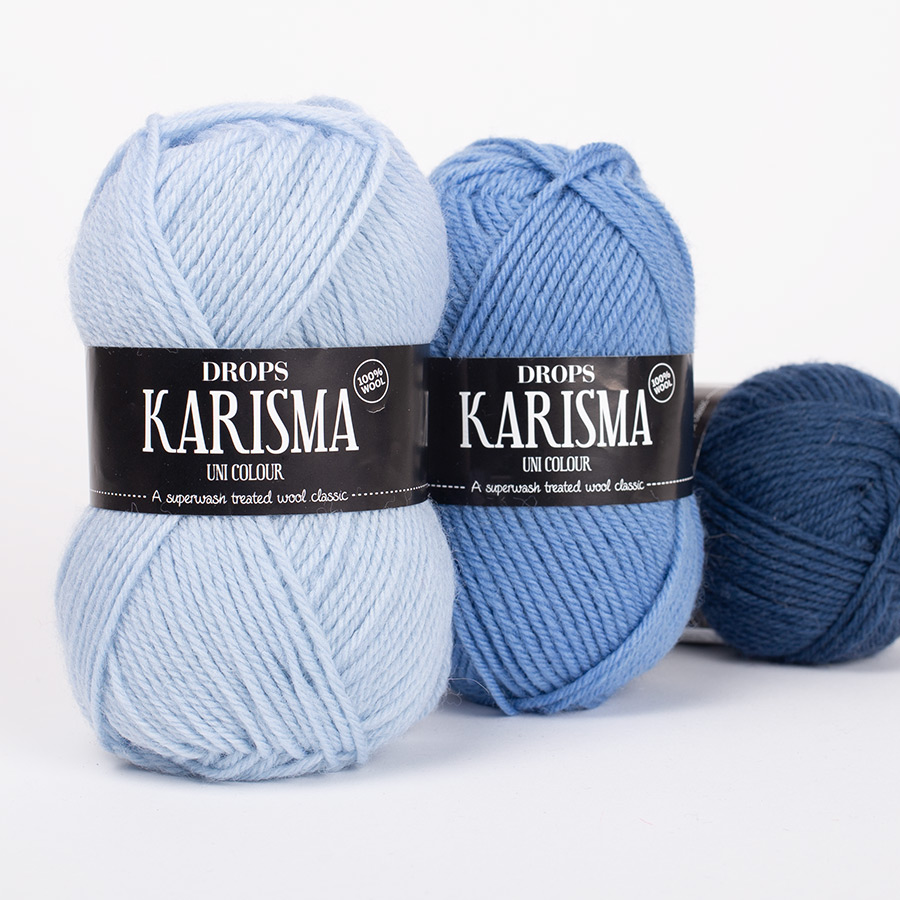
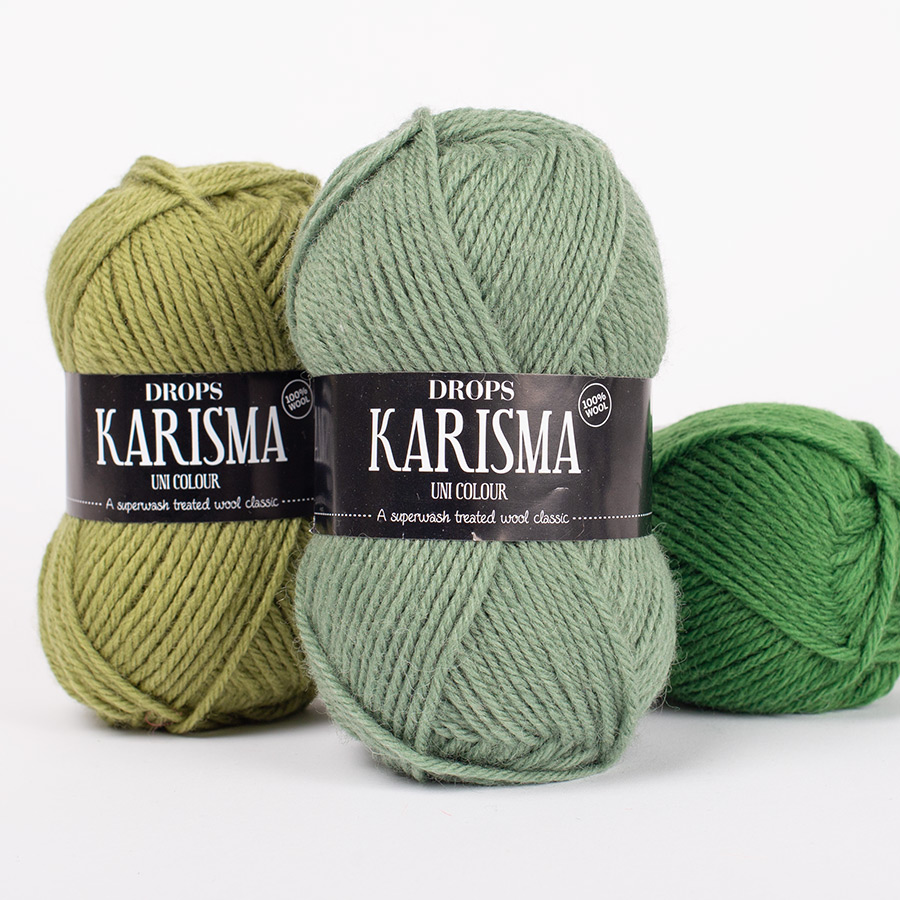
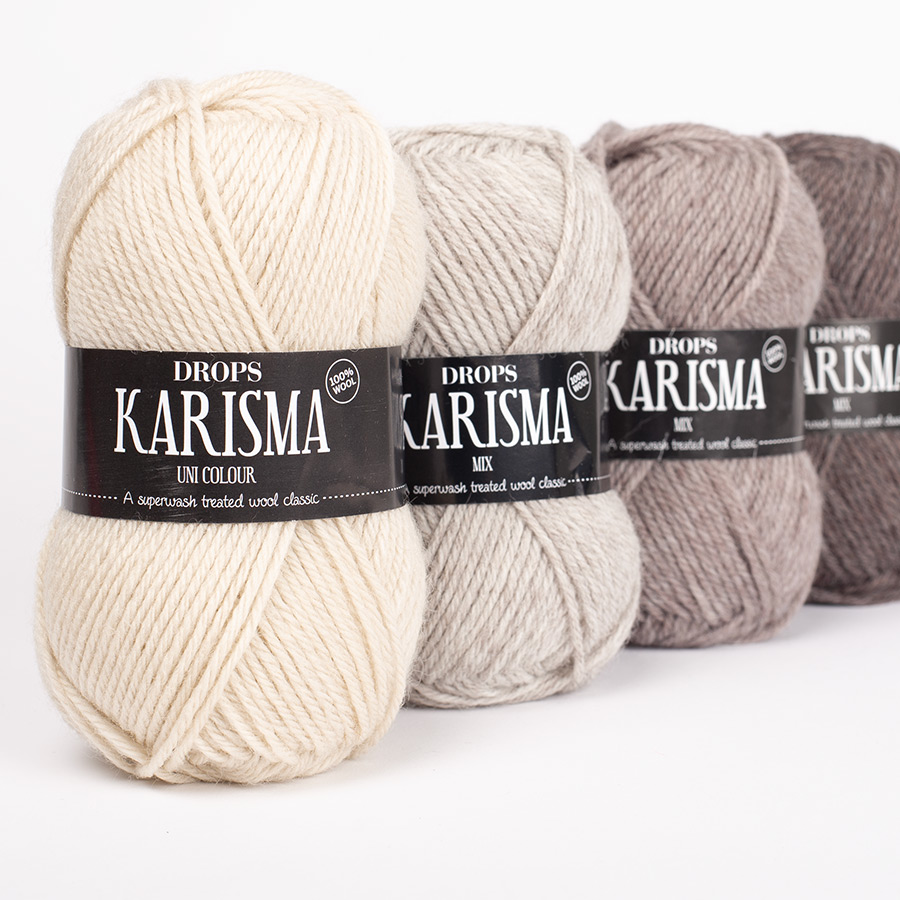
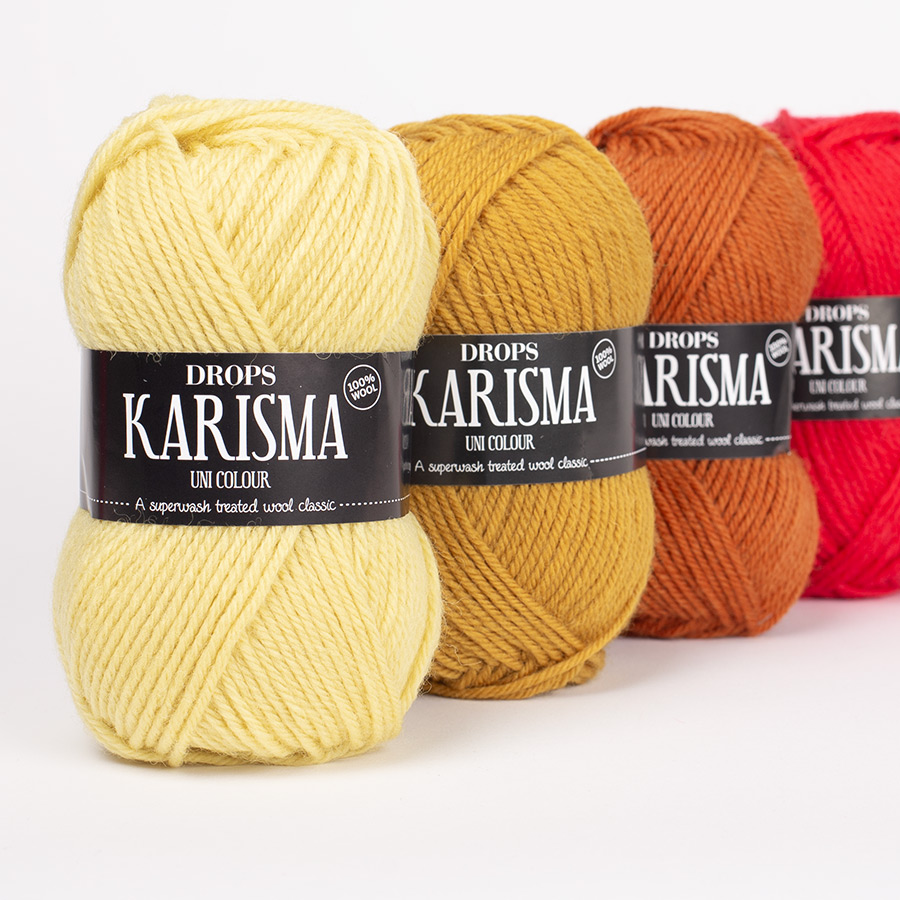
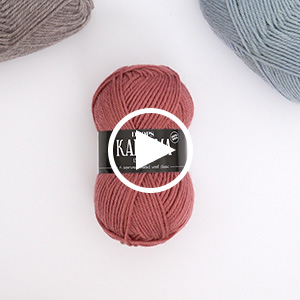











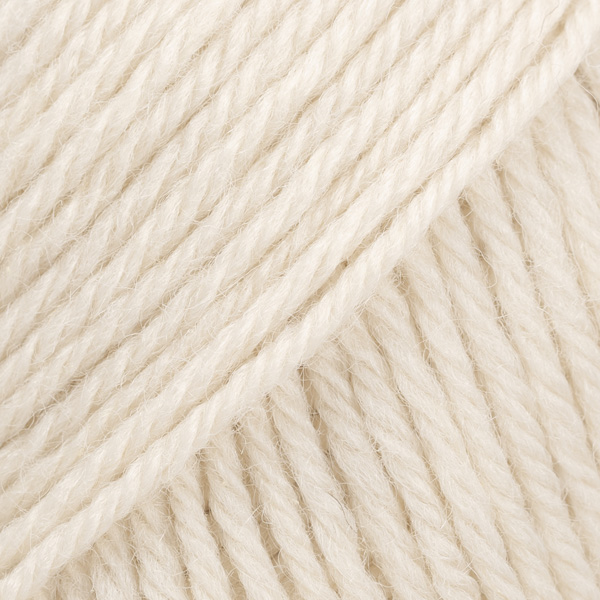










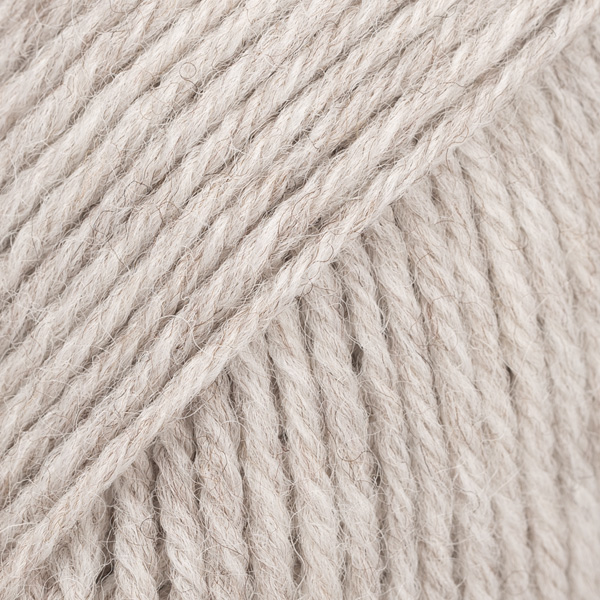



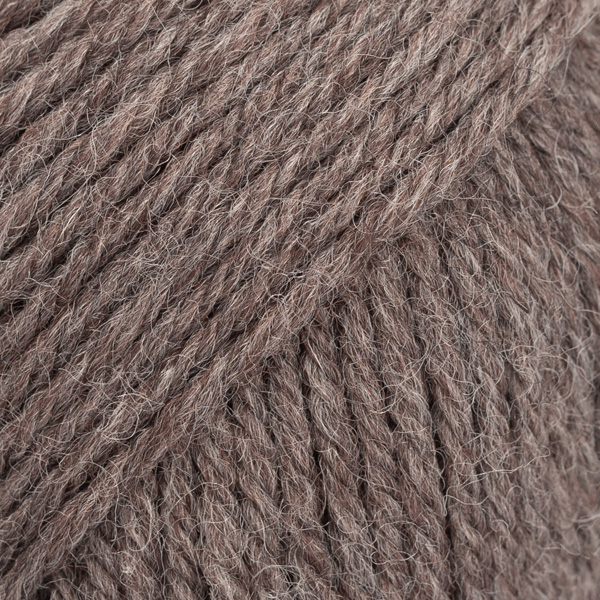

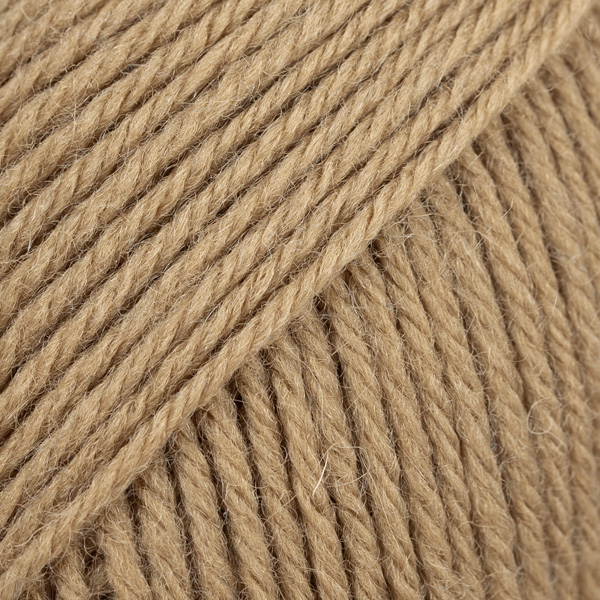

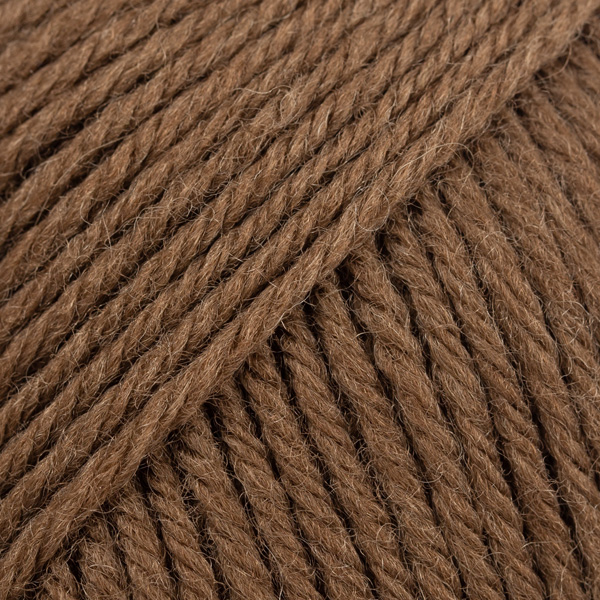






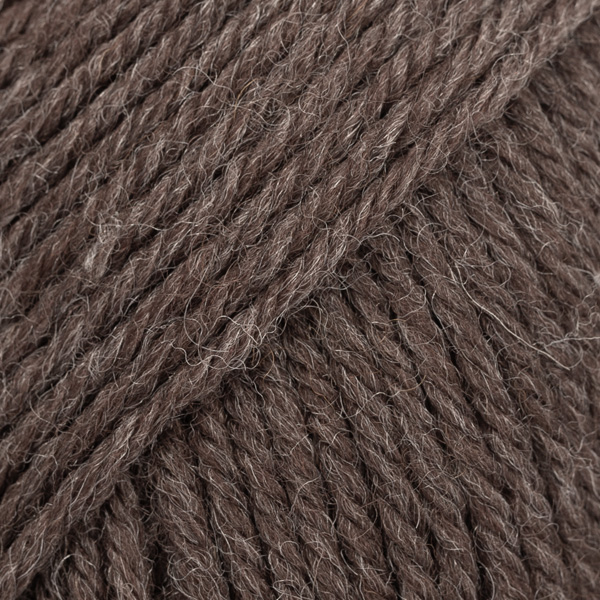

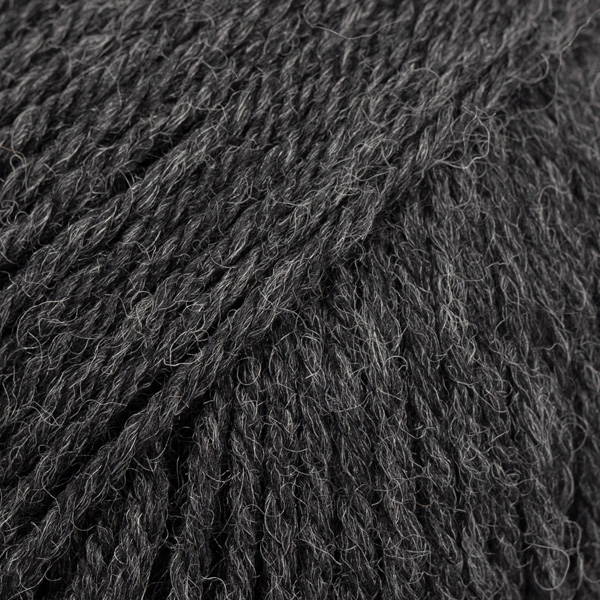








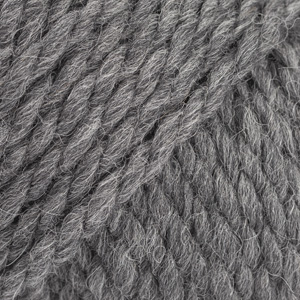









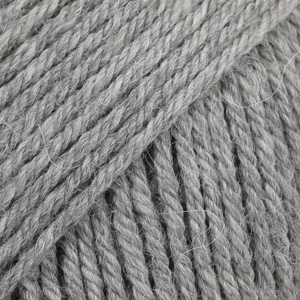





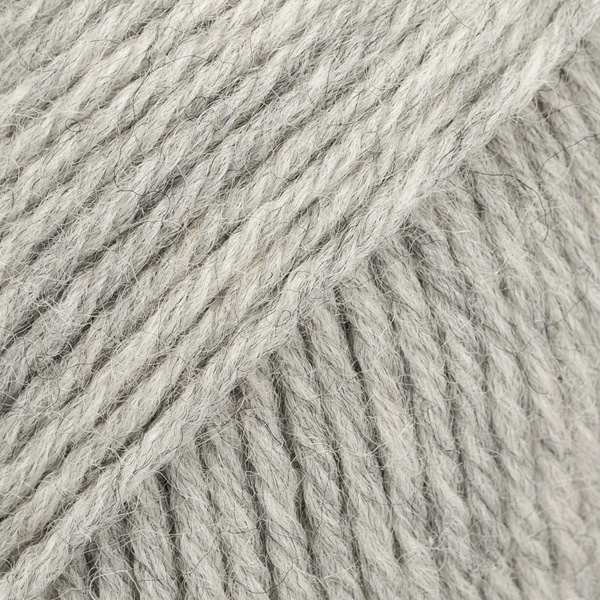




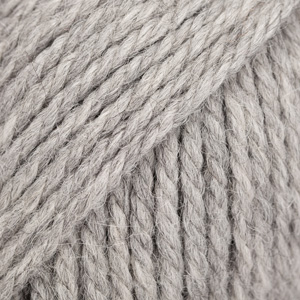

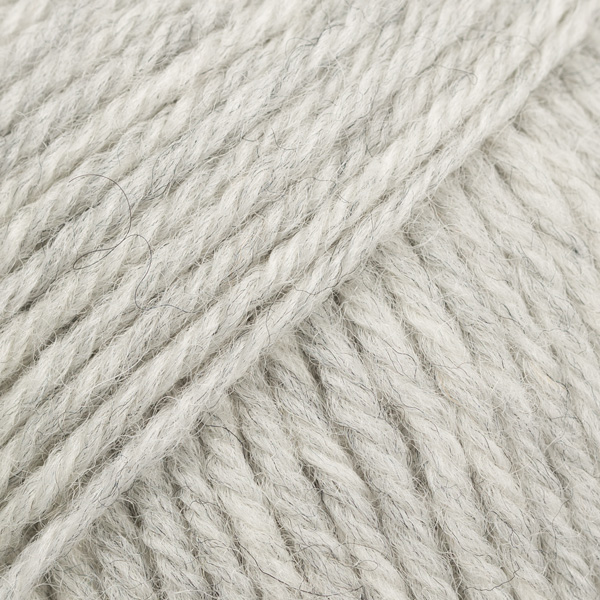

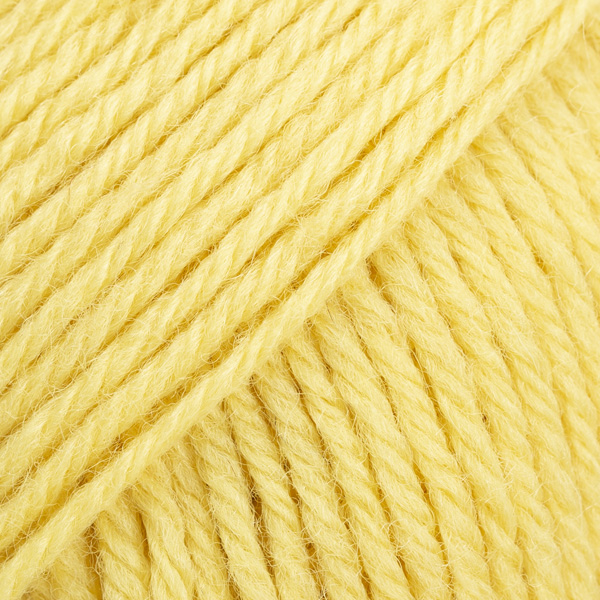


















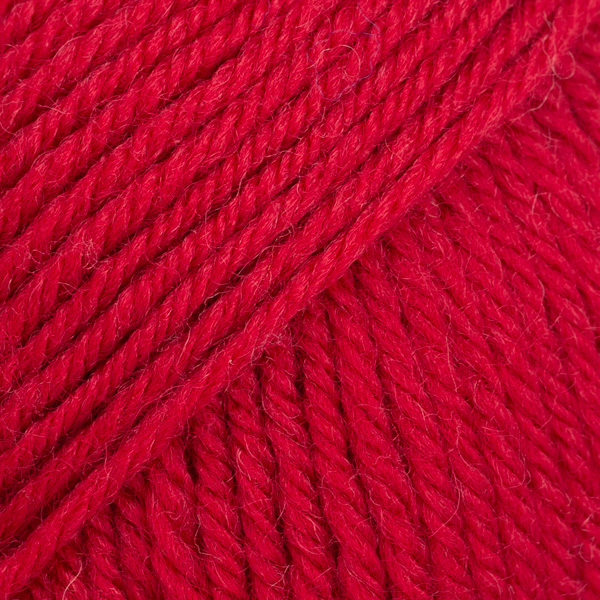




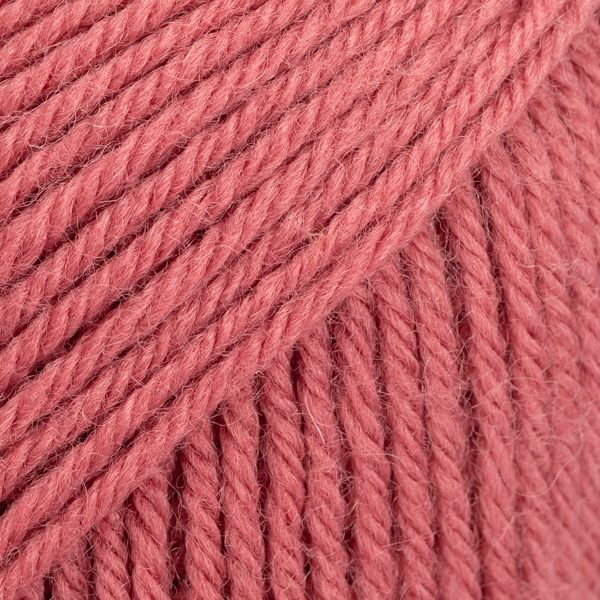

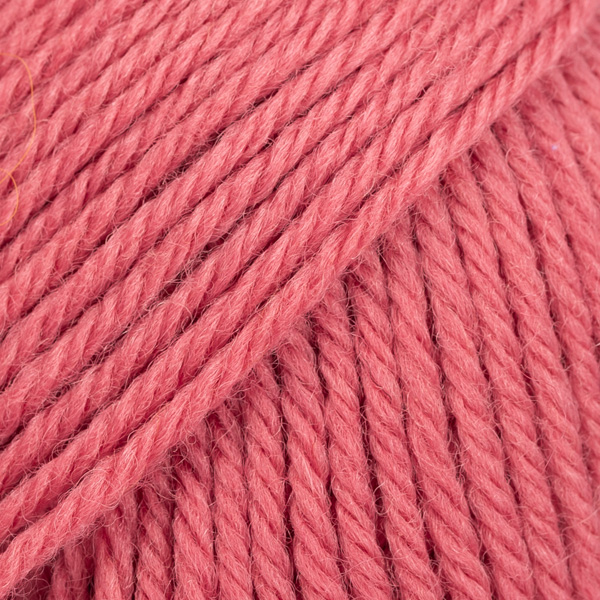

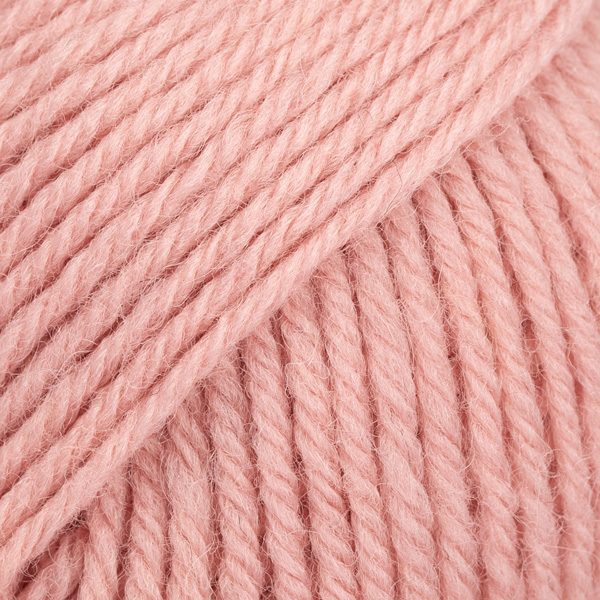

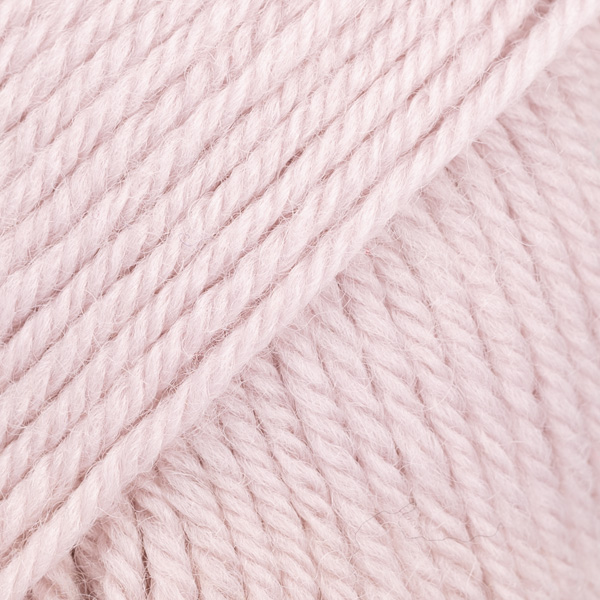

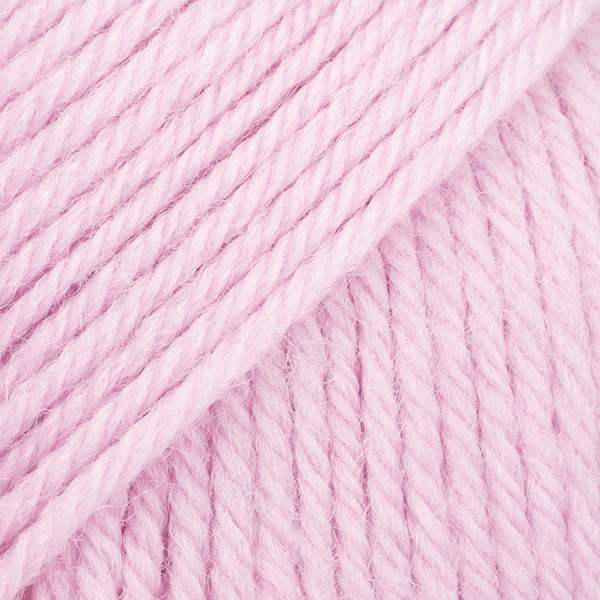
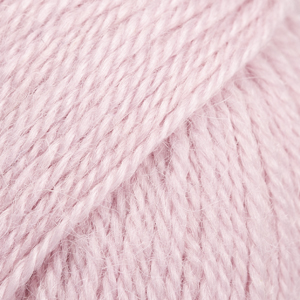
















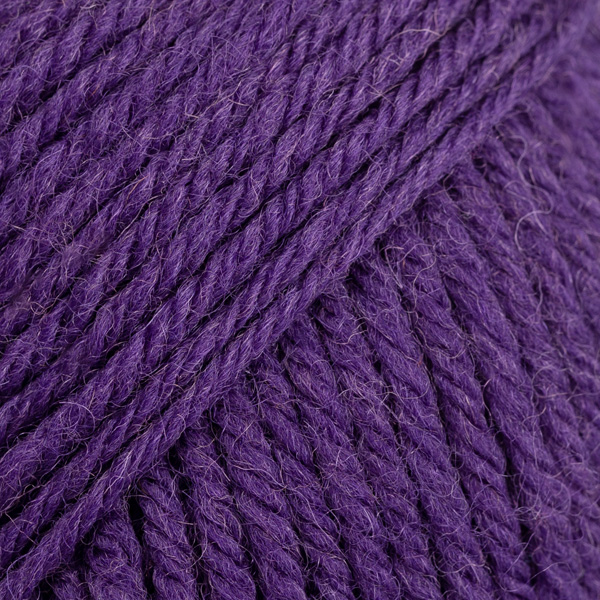
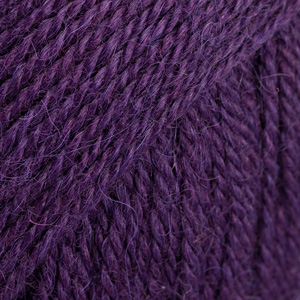



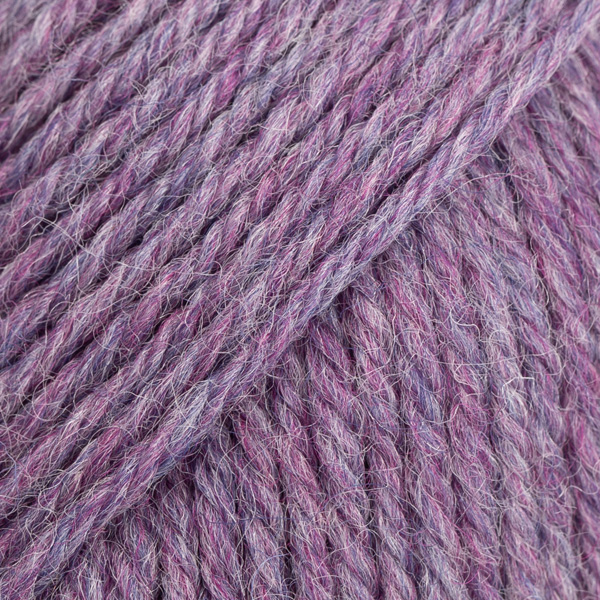
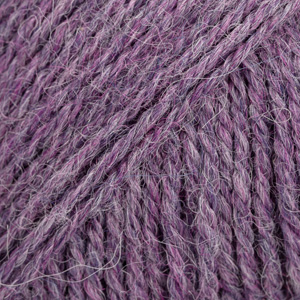



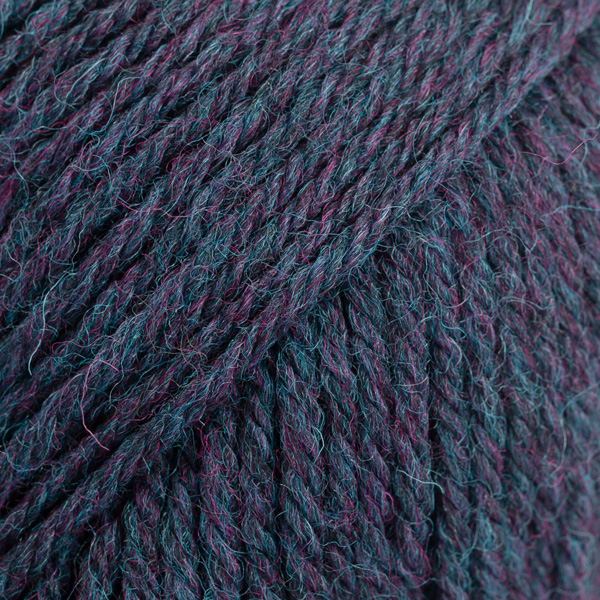




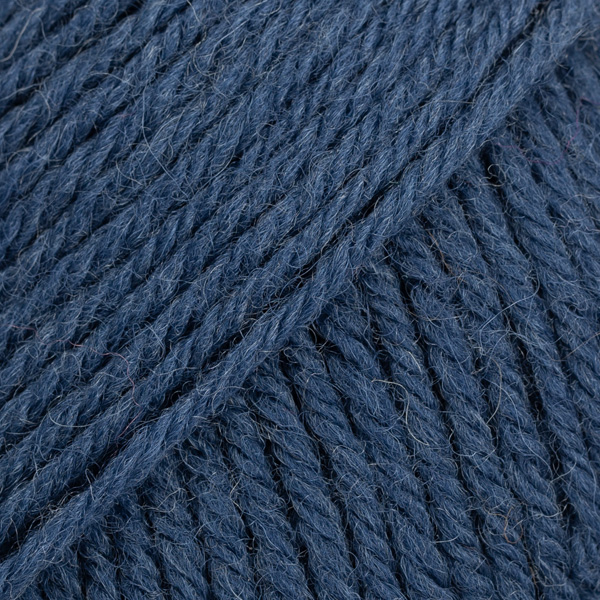





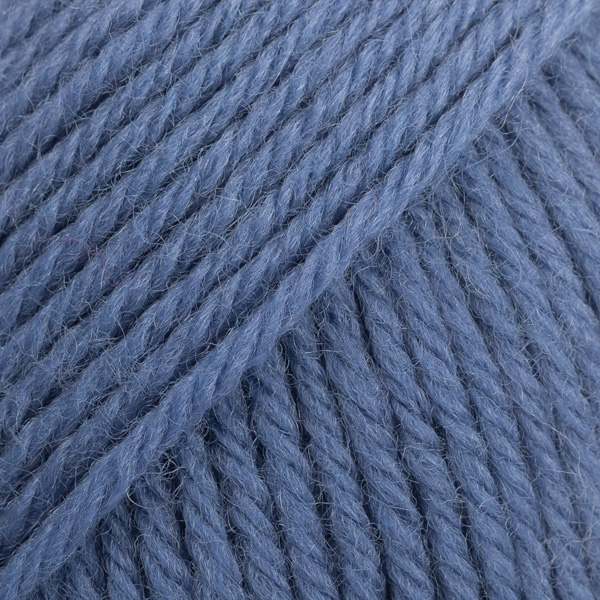

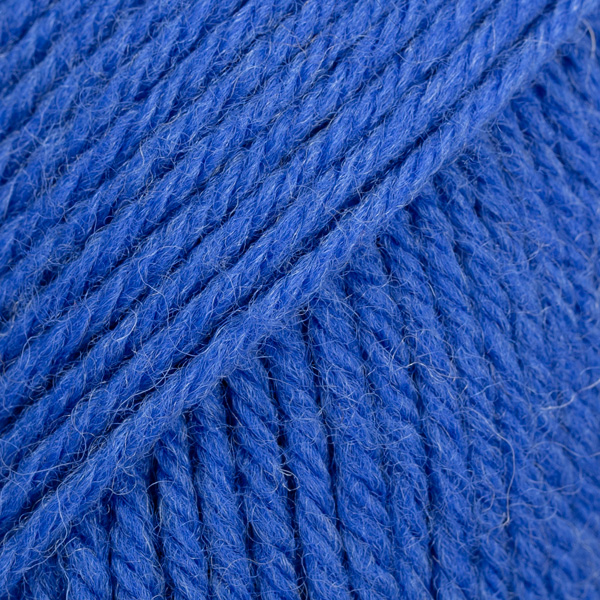











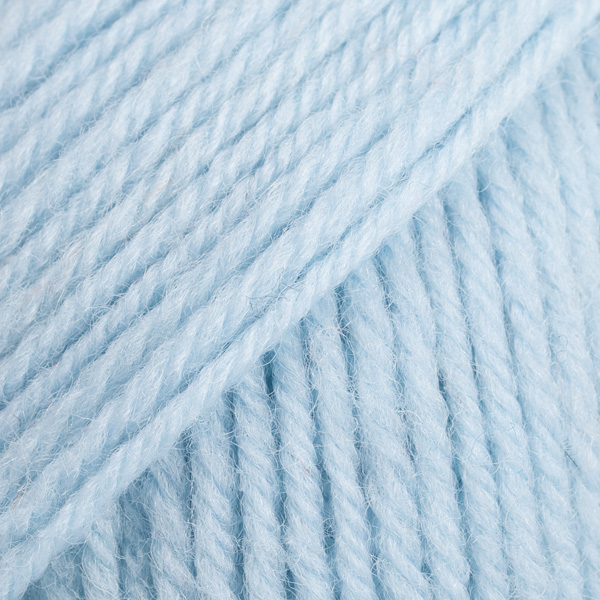



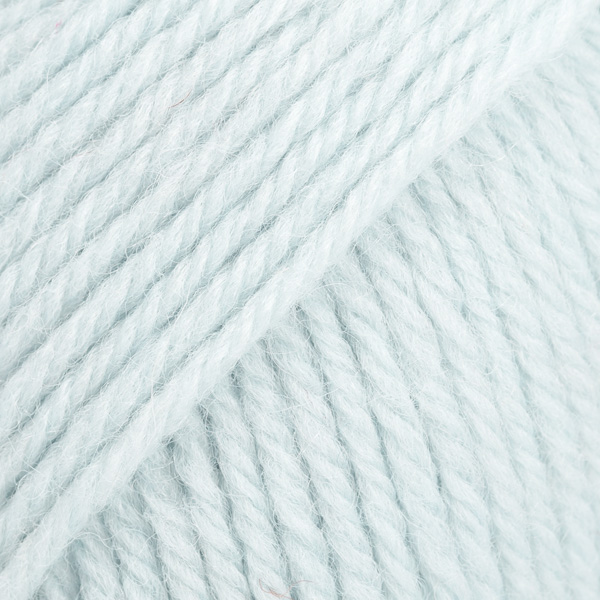



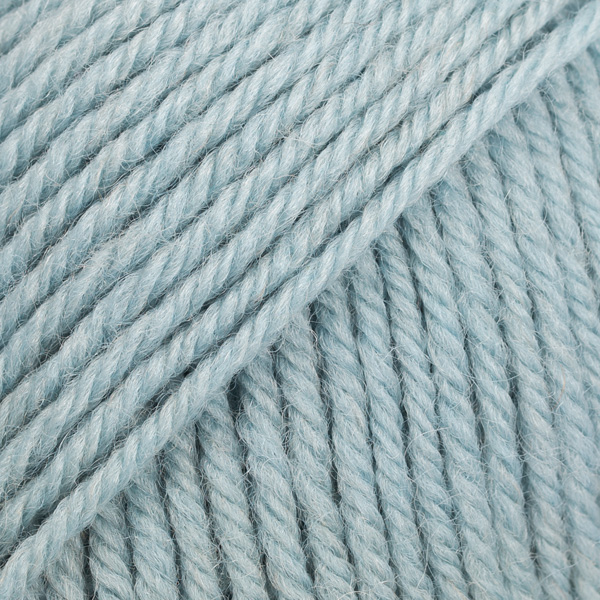



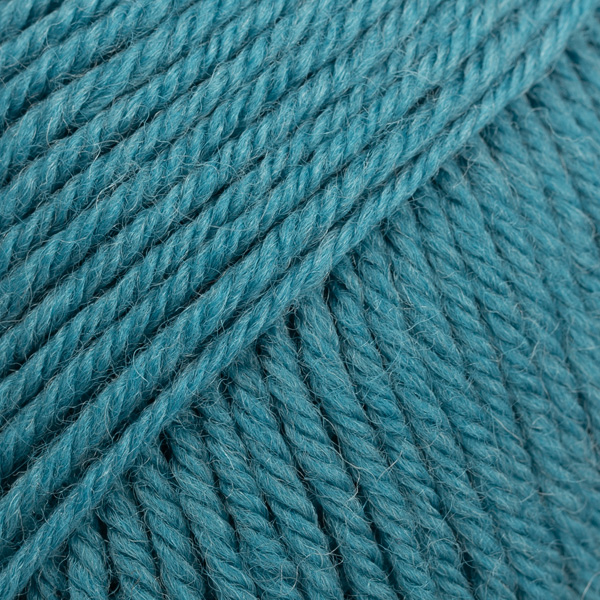





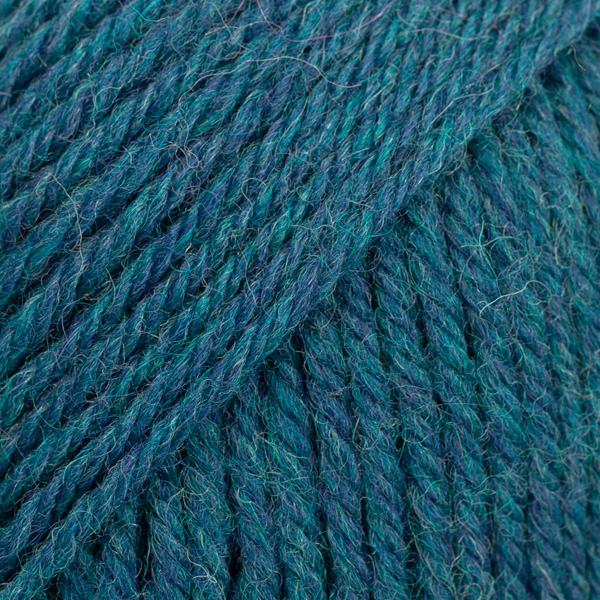
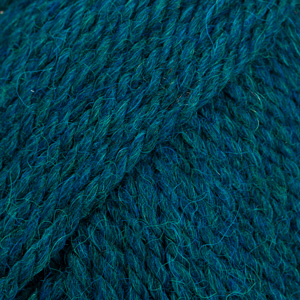


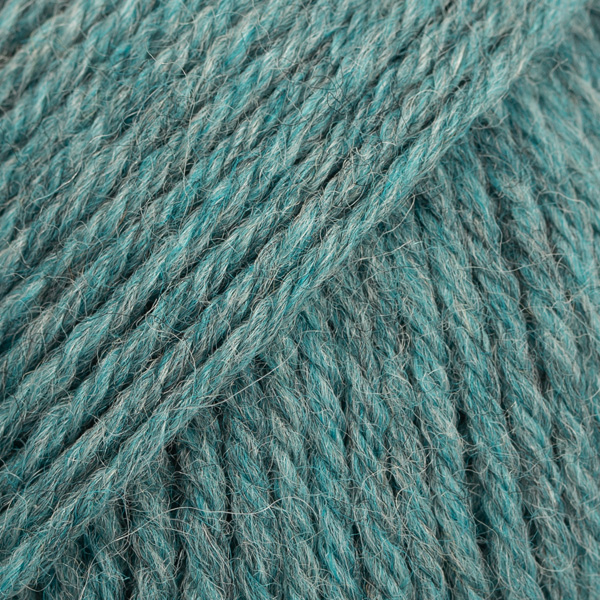




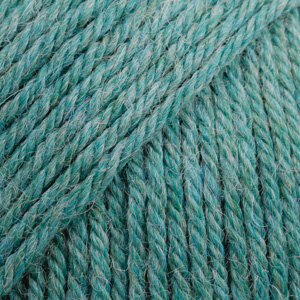




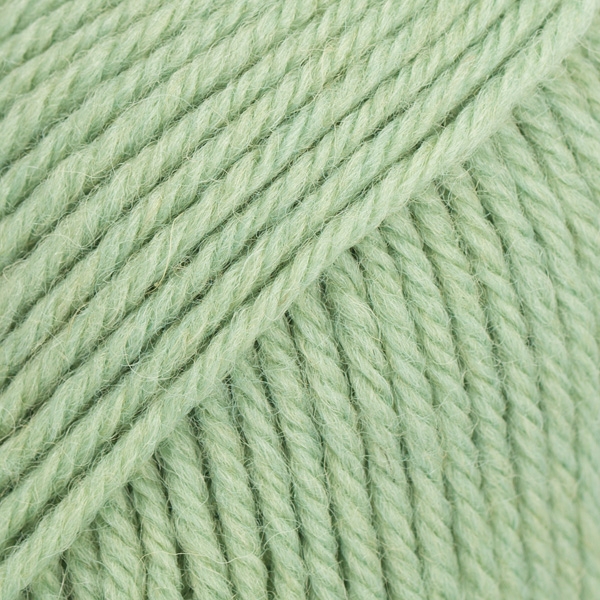

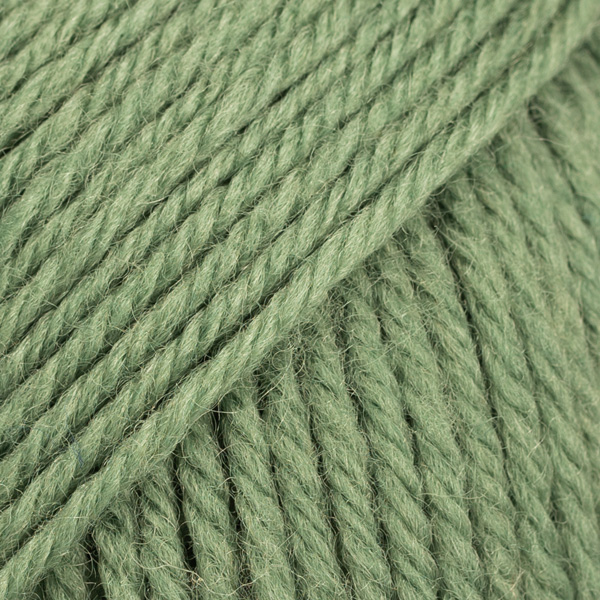

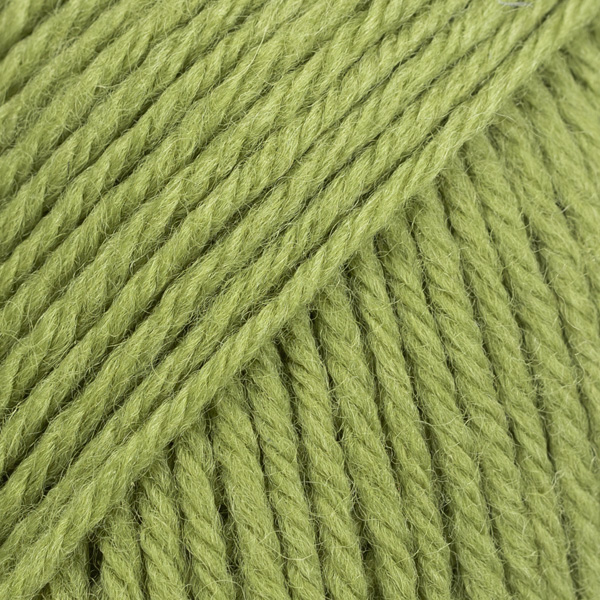

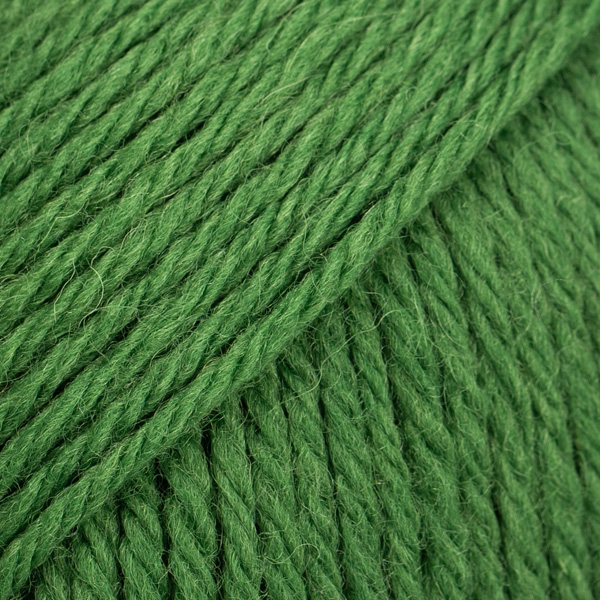




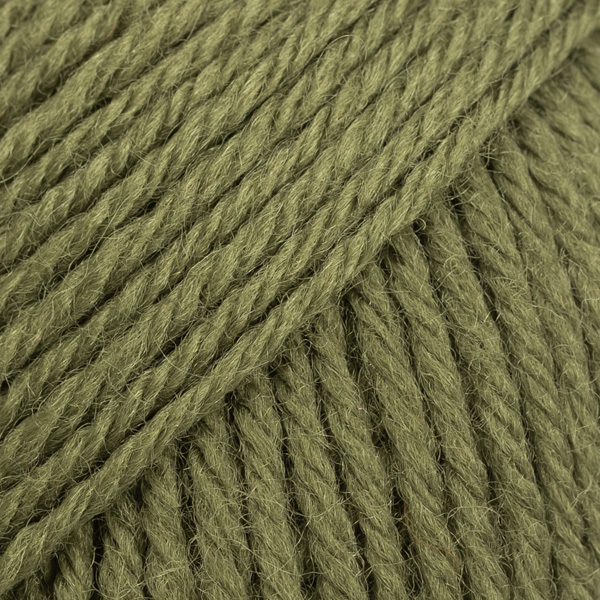






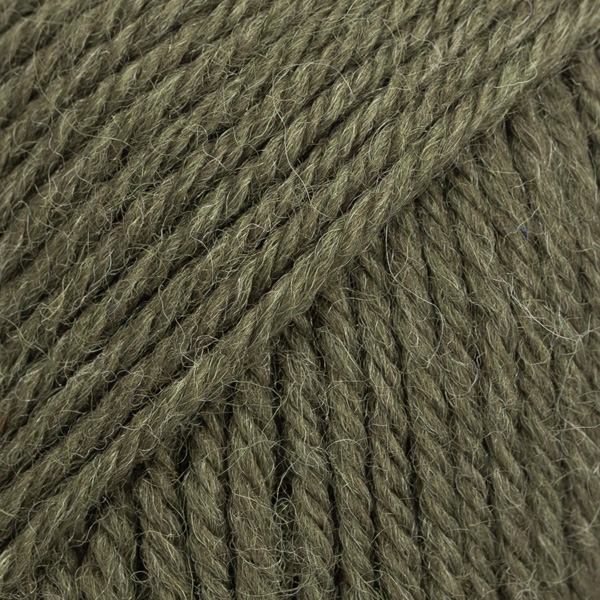

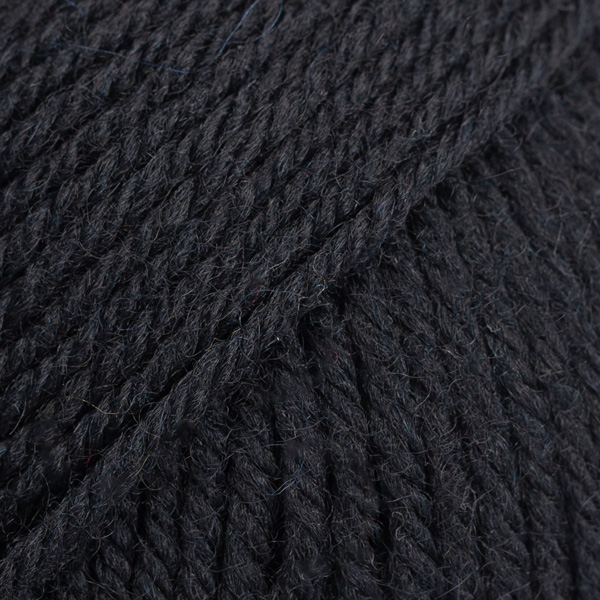

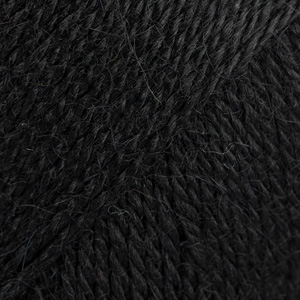

















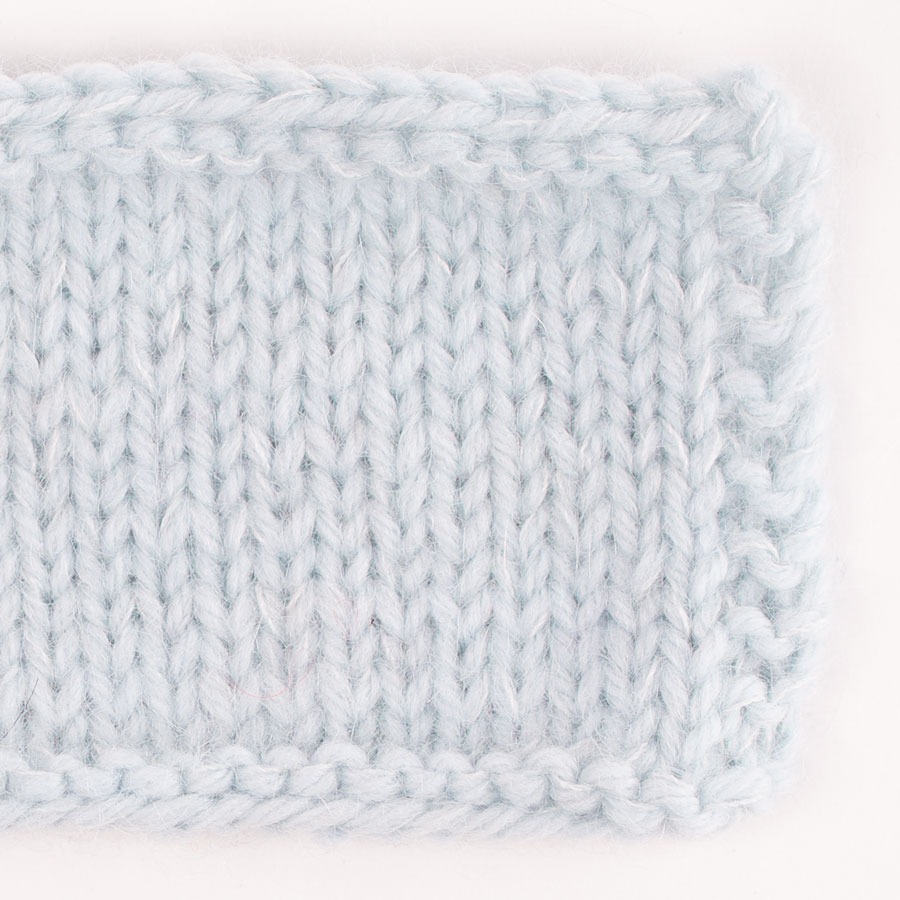
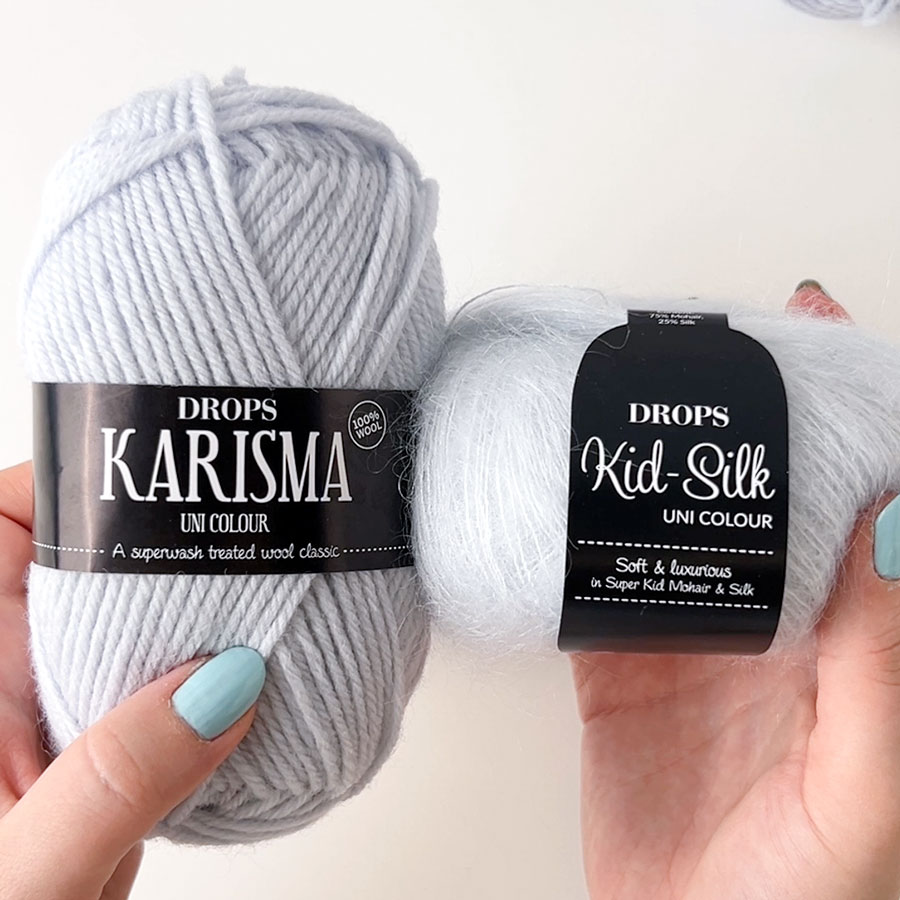

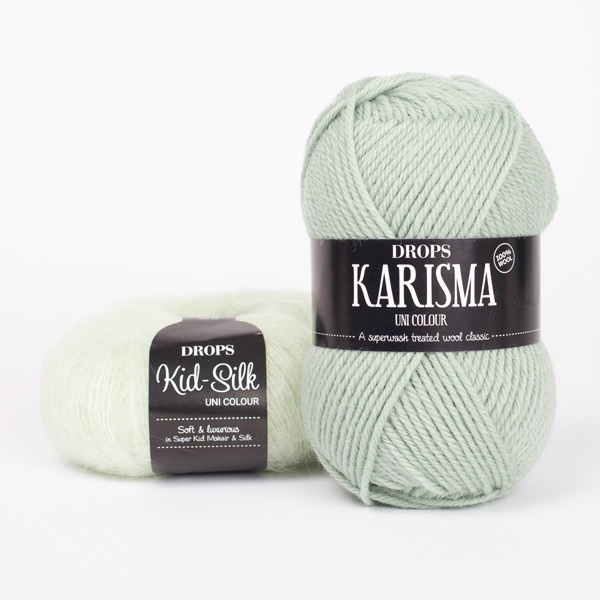
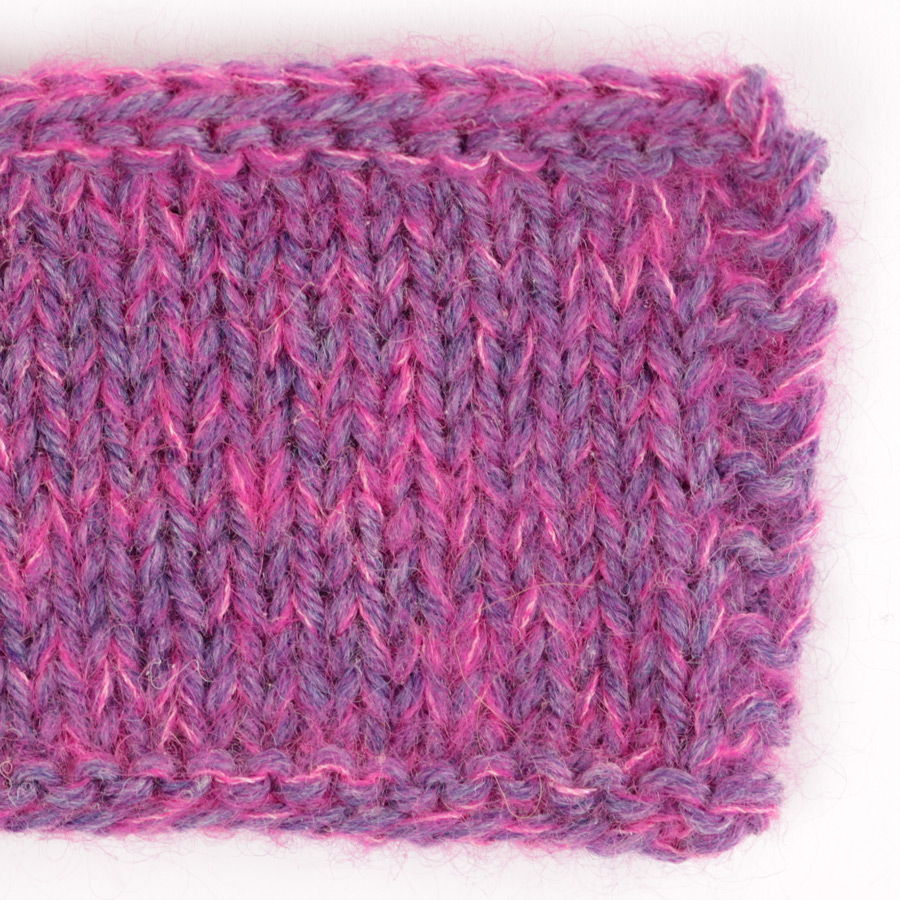
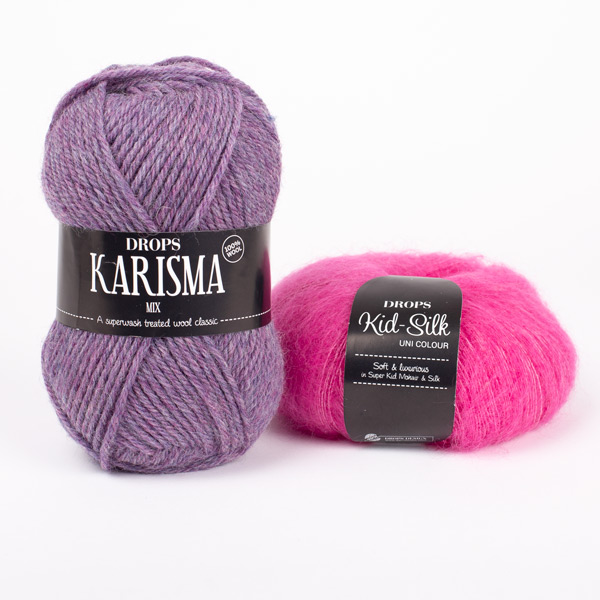
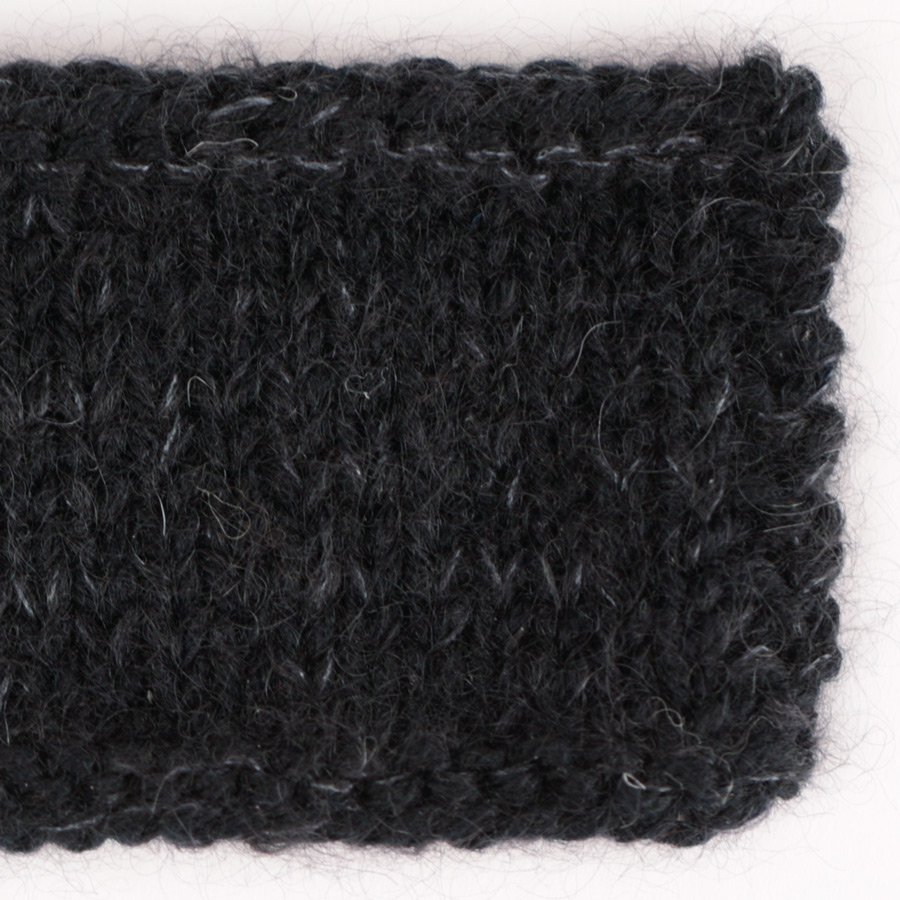
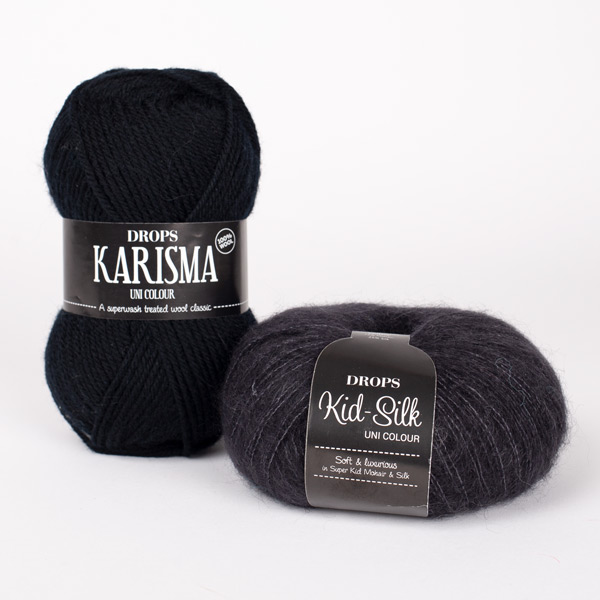
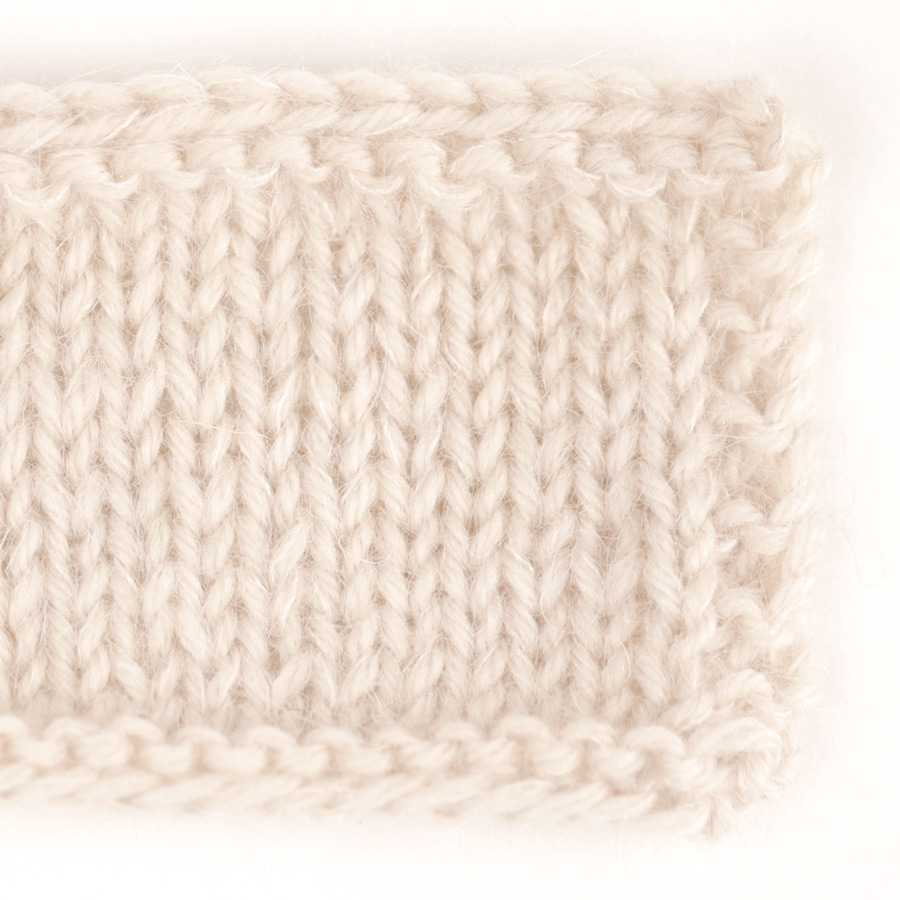

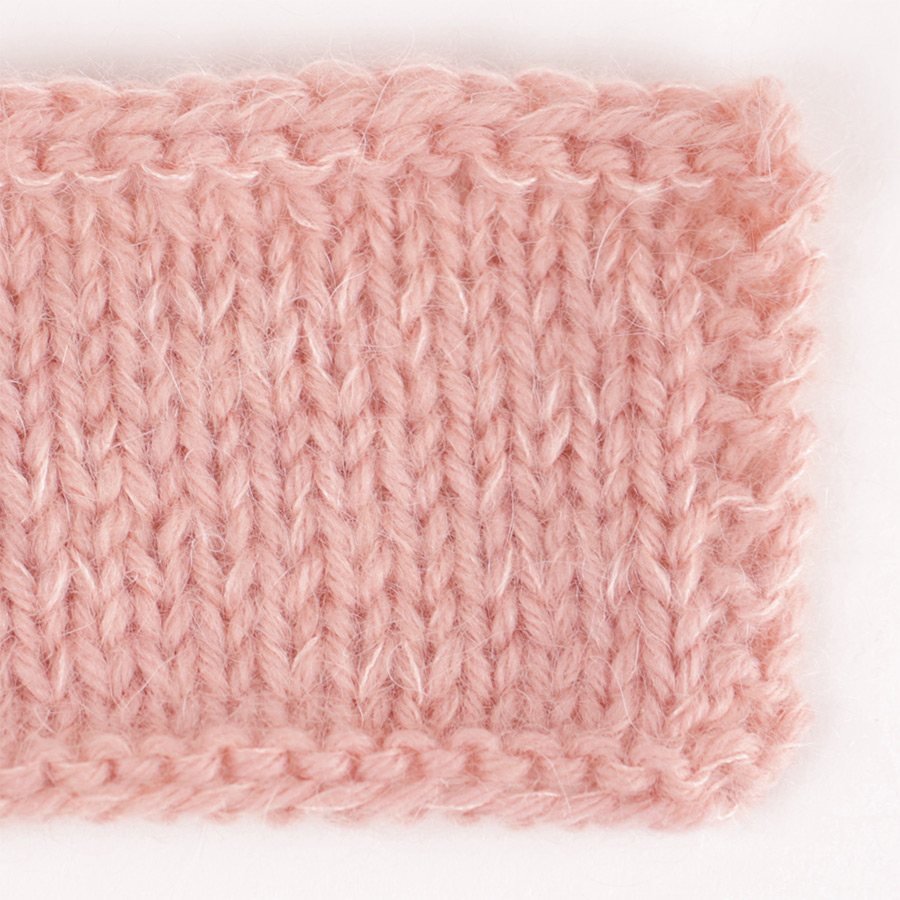
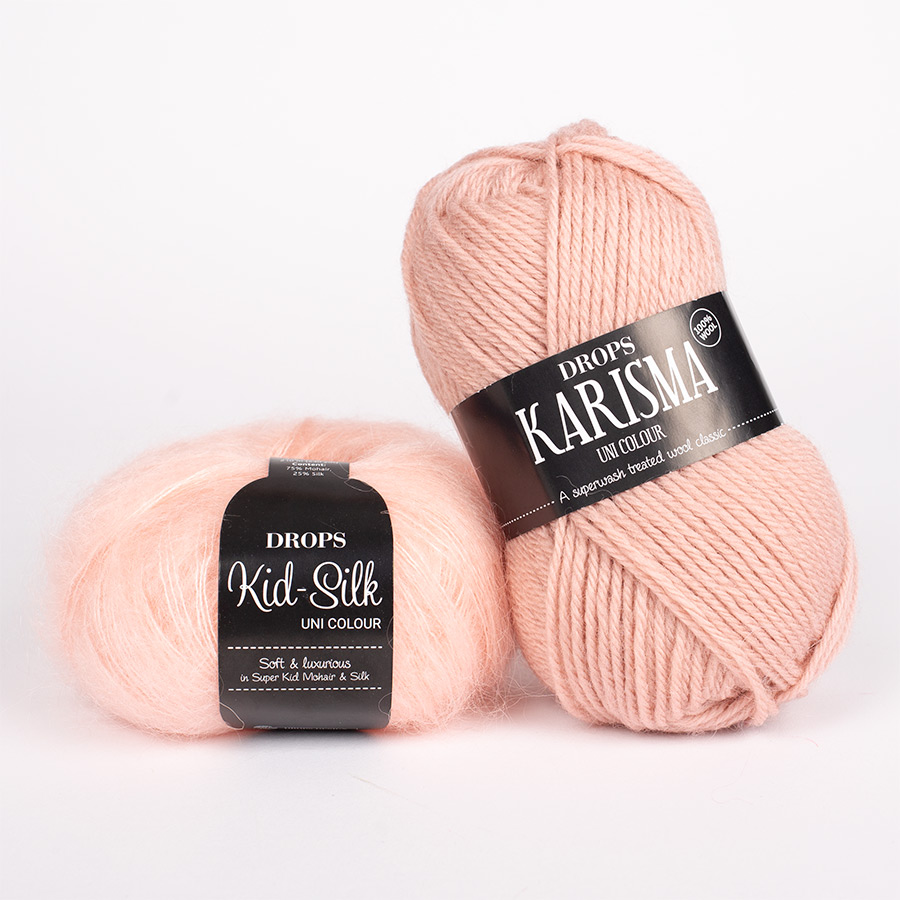

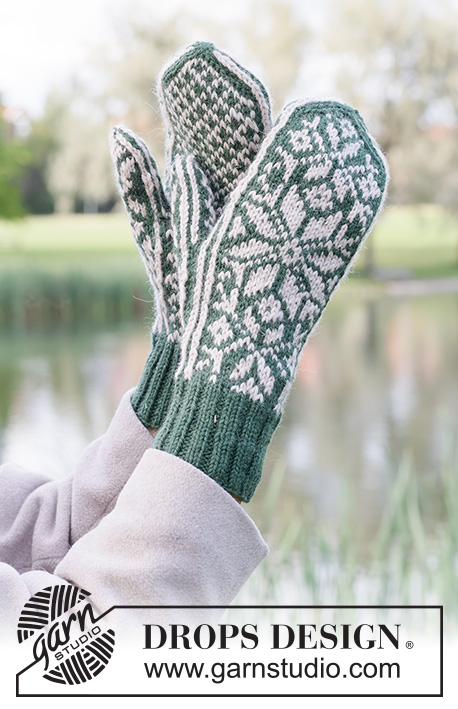






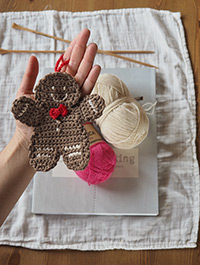
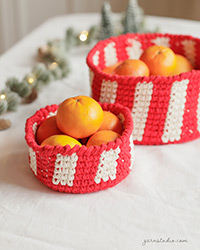
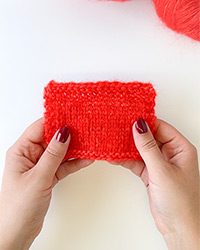
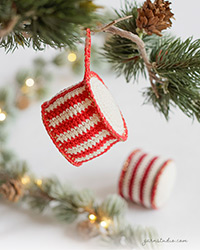


Er det mulig å bestille marineblått nr 17 til slutten av juni for samme prisen som er nå, det er Karisma jeg mener
15.05.2013 - 09:54